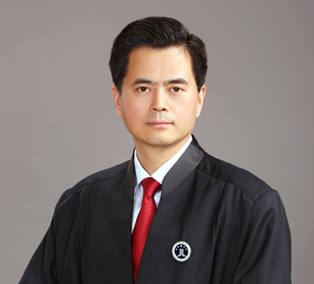Fed Circuit resuscitates telecoms patent suit against Ericsson and T-Mobile
The US Court of Appeals for the Federal Circuit yesterday revived a patent infringement lawsuit against Ericsson, T-Mobile, and US Cellular Corporation.
Patent licensing corporation Intellectual Ventures owns US patent number 6,640,248, covering a bandwidth resource allocation application. The patent was registered in 2003.
In 2014, Intellectual Ventures filed two complaints (see hereand here) against the above-named telecommunications companies at the US District Court for the District of Delaware.
The complaints asserted four patents against the companies, including the ‘248 patent.
At the Delaware court, the parties disputed the construction of two claims of the ‘248 patent.
Intellectual Ventures argued that the claims mean the “application type can be discerned by the resource allocator using information obtained” from network layers.
Under T-Mobile’s and the other defendants’ constructions, the resource allocator would “have knowledge of the type of data application” but also “take into account, when allocating bandwidth, information about applications” at a particular layer.
District Judge Leonard Stark agreed with the telecoms companies, holding that, when allocating bandwidth, the resource allocator must take information obtained from a particular layer into account.
He granted summary judgment in favour of the telecoms companies, determining that they had not infringed the ‘248 patent.
At the Federal Circuit, Intellectual Ventures claimed that Stark had erred in his construction of the resource allocator.
Intellectual Ventures argued that application awareness requires resource allocation based on application type, which can be discerned using information acquired from a number of network layers, rather than the specific one noted in Stark’s claim construction.
The Federal Circuit agreed, and Circuit Judge Kimberly Moore confirmed that Stark had made his decision on the basis of an incorrect claim construction.
She said the “plain language” of the patent claims supports Intellectual Ventures’ construction.
Moore rejected the defendants’ argument that statements made in the prosecution history disavowed the full scope of the claims, as the patentee is “free to choose a broad term and expect to obtain the full scope of its plain and ordinary meaning”.
She rejected Intellectual Ventures’ other argument against Stark’s determination that the claimed functions in claim 20 of the patent are indefinite as, by the ‘248 patent’s own terms, they are “entirely subjective and user-defined”.
The Federal Circuit upheld Stark’s determination of indefiniteness in relation to claim 20 but vacated his decision of non-infringement and remanded the matter back to him for consideration.
This is not the first time some of these parties have faced each other at the Federal Circuit.
In May, the Federal Circuit sided with Ericsson in another dispute with Intellectual Ventures. The court partly reversed, partly vacated, and partly remanded an inter partes review which upheld the patentability of one of Intellectual Ventures’ patents.
-
Previous:
-
Next:






